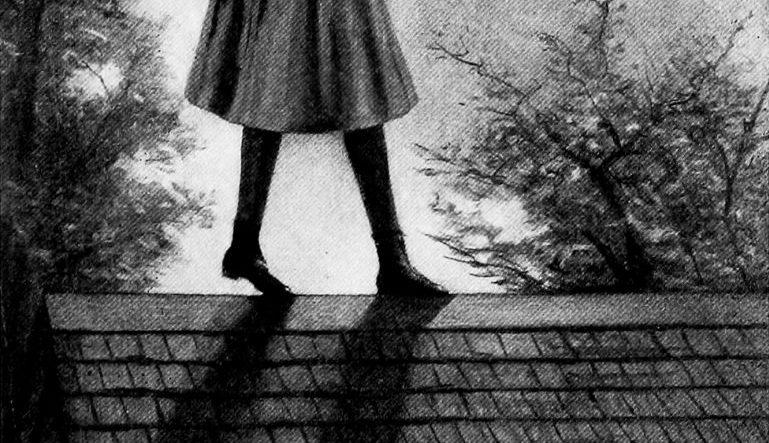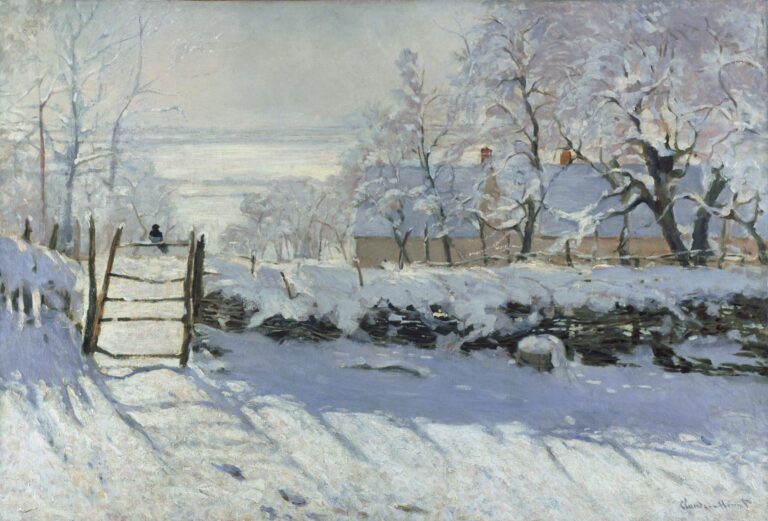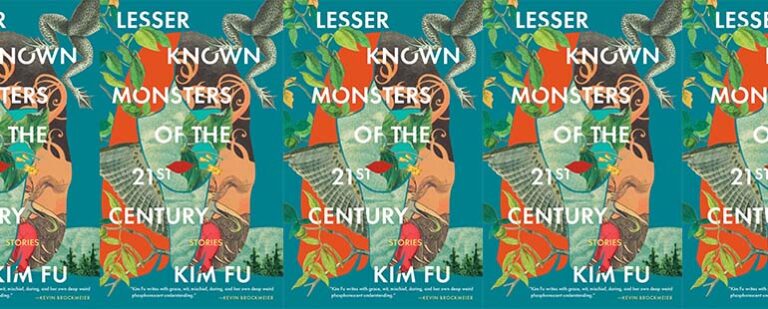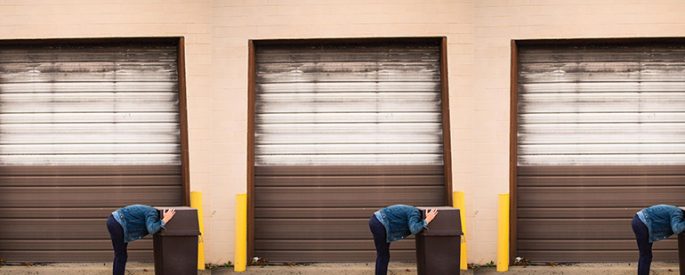Domesticity and Anne of Green Gables
 I was an angry little girl. Angry that when I expressed something I thought was important and profound, adults smiled at me like I was a soft kitten. Angry that I was skinny and awkward, angry that I didn’t need my training bra. My teeth were large and caged in braces that I decorated with rotating patterns of pink, purple, and teal elastics. I wasn’t beautiful. Not like my mother.
I was an angry little girl. Angry that when I expressed something I thought was important and profound, adults smiled at me like I was a soft kitten. Angry that I was skinny and awkward, angry that I didn’t need my training bra. My teeth were large and caged in braces that I decorated with rotating patterns of pink, purple, and teal elastics. I wasn’t beautiful. Not like my mother.
My mother focused on making herself beautiful, making our home beautiful. She fluffed her yellow curls around her face and raised her eyebrows at her reflection, she arranged oranges in a turquoise bowl, she smoothed crisp white sheets before tucking me in when I was hot with fever, she cut lumps of butter into pots of cream of mushroom soup. I can’t remember a time when I didn’t want to be just like her.
But my mother was also angry. She moved through my childhood in a state of constant simmer. Sometimes, my mother stayed in her gardens until it was dark and my siblings and I called out that we were hungry; sometimes, she clenched her jaw; sometimes she swerved her car out of the driveway too quickly, cigarette smoke trailing behind her. She yelled often. She yelled when we were packing up the house to go on vacation, she yelled when I was sullen at breakfast, not responding brightly enough to her too loud How’d you sleep? She yelled at me for being “fresh.” I yelled back. We filled the space between walls with her quick, guttural eruptions and my shrill squawks of response. I could never predict what might cause her to explode. And back then, I couldn’t understand why. She was in charge of her world, and her world seemed beautiful. So, didn’t she have everything? Everything I thought I wanted?
When my older boy cousins were invited to the adult table at Thanksgiving for the first time (they were newly minted teenagers), I sat at the wobbly folding table and seethed. I watched from my seat in the kitchen as they slouched in the fancy dining room chairs and imagined how much better suited I would’ve been in their place. “I hear you’ve taken up the guitar, Michael,” one of my aunts said, looking with curiosity at one of the awful boys. He muttered something into his mashed potatoes, and my anger grew warmer inside my chest. I was full of interesting thoughts and feelings and was just waiting for someone to notice. I had written a story that very morning about a girl magically transformed into a birch tree. I knew where a secret patch of wild strawberries grew in the lower right field. I had the best cursive handwriting in my class, and this was confirmed by a very official certificate. I wanted to save the rainforest. My four-year-old cousin covertly threw a pea at my other four-year-old cousin, and I tightened the grip on my fork. I hated the kids’ table. The kids’ table was a symbol of everything uncomfortable about childhood—it was a clear indication that you didn’t matter, that you were not to be taken seriously.
One summer, when I was eleven, beneath the dark, low-beamed ceilings of an antique shop in Cape Cod, I rifled through stacks of deep emerald, dusty garnet, rich umber, and inky navy with my mother. She collected old books. Before that afternoon, I had not been a collector of anything. But within the dusty copy of Lucy Maud Montgomery’s Anne of Green Gables, I found words about feminine beauty and rage that resonated with me. I read sentences about swan-like necks and slim waists and cheeks flushed pink with fury and something burned inside of me, something I didn’t understand, something I wanted more of. Beauty seemed to be the key, the key to being seen, to being noticed, to be taken seriously.
Anne is feisty, impetuous, with a wild mane of fiery red hair. She throws fits, breaks things, screams her anger out loud. When gossipy Mrs. Rachel Lynde calls her “skinny and homely,” Anne flies into a rage. “‘I hate you,’ she crie[s] in a choked voice . . . eyes blazing, hands clenched, passionate indignation exhaling from her like an atmosphere.” When her academic rival, and eventual husband, Gilbert Blythe offers Anne a candy heart with the words “You are sweet” written on it, Anne “[takes] the pink heart gingerly between the tips of her fingers, drop[s] it on the floor, [and grinds] it to powder beneath her heel.” At eleven, I was enchanted with Anne’s intellect, her imagination, her appreciation of beauty, but most of all, I loved her rage.
As a girl, I would slam doors and throw things hard and spit out curse words and bang bony fists against walls. I would see and feel and breathe red and want everyone else to see and feel and breathe it too. I was angry that my stomach pushed soft against my T-shirt like a baby’s, angry that I was invisible to boys, angry about friends getting their periods before me. I was angry at my mother for not being more content, more like “normal moms” who were happy to cheer on the sidelines at soccer games.
One of Anne’s biggest triggers is being called ugly, but even then, I knew her “ugly” was not real ugly. She is ugly-duckling ugly: the girl in a rom-com rendered “nerdy” by glasses, the girl who emerges shockingly beautiful once she lets down her hair and takes off those glasses. I thought, No one would write nine books about an ugly girl. She is a traditional female character. A female character, I knew, needed to get married and have children, and, to get married, she had to be beautiful.
When Anne mellows into a gracious mother and wife, smiling gently in the background, her hair easily tamed, her auburn waves twisted high on her head like a crown, I knew my intuition had been right. By the final book, Anne shrinks to near invisibility, cut from the title of her own story. Rilla of Ingleside features the fresh blood of her youngest daughter.
It seemed fitting then that Anne should no longer be central to the action. What else was left for her to fight for and against once submerged in the happy waters of domesticity? I thought of my mother and her struggle to find peace in those same waters, and later, when I read bits of The Feminine Mystique in grad school, I would think about my mother again. I would wonder if she had ever read it.
But at eleven, I rarely questioned my mother’s rage, never wondered if she may have wanted something outside the domestic domain. I looked to Anne instead, and she taught me that it was ok to be angry as a girl, but once older, anger could be wrapped up with a tidy, beautiful bow, because motherhood and domesticity should make a good woman happy. I was hopeful.
Reading Anne now, I’m troubled that she is better suited for beauty and happiness once she adheres to certain societal expectations. As if only marriage and a man’s approval would calm her down, quell her anger. Anne’s ending showed me that marriage and domesticity would fill me up, make me whole. Maybe my mother had just screwed it all up. Maybe it was her fault that she was sometimes miserable. I wonder now at how easily I internalized this message, as a girl in 1994.
__
When I met Leslie Moore in Anne’s House of Dreams, I was bombarded by adjectives and similes. Leslie has “heavy braids of burnished hair, the hue of ripe wheat … twisted about her head like a coronet; her eyes [a]re blue and star-like, her figure, its plain print gown, [i]s magnificent; and her lips [a]re as crimson as the bunch of blood-red poppies she wore at her belt.” This pop of red is Leslie’s defiance. As a girl, I devoured these descriptions of Leslie’s beauty; not stopping to remove the bones, chew on the fat, or think about how it tasted. I couldn’t wait until the penultimate scene when she would be given the reward for beauty—a wedding dress and cooing babies to make her perfectly happy. I rubbed too much cherry ChapStick on my lips and imagined them “crimson.”
Leslie craves violence. She craves noise: “I love to come [to the sea] just after a storm—like this. I don’t like the sea so well when it’s calm and quiet. I like the struggle—and the crash—and the noise.” She craves solitude. Leslie made me feel like I could embrace the noise of my anger, dance with it, without worrying about what the rest of the world might think.
Leslie ultimately marries a dashing writer, and when the avuncular, lovable lighthouse keeper sees the newly wed Leslie sitting with Anne, he places his hand on both their heads and praises them: “Two good, sweet women. True and faithful and to be depended on.” Leslie’s marriage is an instant panacea to her wild anger, to “the crash” and “noise” within her. Marriage enables her to become a “good, sweet” woman. I thought this was what I was supposed to want.
Leslie’s happy ending tasted good then. Satisfying. But at thirty-six, the aftertaste leaves me hollow. I want something more complex, less confined by the traditional expectations of how a woman’s life should turn out. I am not content to be beautiful, calm, and sweet like Anne and Leslie. I am like my mother, wanting more.
I did not know then, nor can I ever really know now, exactly what my mother was was angry about. Did she feel betrayed to discover that a beautiful home and a beautiful family do not necessarily equate personal fulfillment? Did her domestic duties prevent her from ever having the time to ask herself what she wanted?
I’m angry that when I was a young girl, books taught me that to be a good woman is to be a quiet woman, a content woman, a woman subdued. I’m angry that my mother sank into a dark gloom once her nest was empty. I’m angry that my three-year-old daughter knows that being pretty, a princess, matters because her appearance is the first thing people at the grocery store notice. I’m angry that my daughter’s unclouded joy as she pirouettes in a princess dress makes me anxious. I’m angry that I still think of Leslie Moore’s golden locks every time I go to the hair salon and request buttery highlights. I’m angry that when my daughter watches me cover under-eye circles with concealer and asks me what I’m doing that I prattle that makeup is like art, like painting. I spin nonsense about creative self-expression and leave out the part about everyone looking at a woman to make sure she is doing her best to be lovely, to be sweet, to keep her anger in check. My little girl wrinkles her forehead and runs to her bedroom to retrieve her ChapStick. She comes back, flushed and triumphant. “Just like Mummy,” she says.
I think about patriarchal pressure and try to resist it; I tell myself barre and yoga classes are for me, not for anyone else. But while the endorphins and energy and stress relief are for me, the toned flesh is for someone else. Something else. I know I am sweating to look a certain way for a certain gaze, but that knowledge doesn’t prevent me from unrolling my mat.
If my eleven-year-old self could meet who she is to become, what would she think? She would see a woman who hears her voice stretch taut when her child asks a seventeenth question to stall bedtime. The question is sweet—should we make a fence so the woodchuck can’t eat our tulips?—but the woman wants to be alone. I don’t know. Please go to bed. She would see a woman who sinks her face into the soft curve of her children’s necks when they request koala snuggles, a woman who holds her children’s hands as she points out crocuses and snowdrops waking up in April, a woman who falls asleep at night grateful for her beautiful life.
My younger self might ask, Are you happy? And despite the tired eyes, despite the still dishwater blonde hair betraying me at the roots, I would say yes. I am happy that I sometimes feel beautiful and am loved and have beautiful children to love. I have so much. Just like Anne. Just like Leslie. Just like my mother.
But I am angry that I grew up believing these things would complete me. I think about how my mother’s temper seemed mysterious and unwarranted to me as a girl and how the version of her I wanted to be was the version that was a vessel for children and a husband. I did not want to be the version of my mother who was a person in her own right, full of complexity and contradiction.
When my daughter is old enough for Anne of Green Gables, I might encourage her to read it for Anne’s imagination, her intellect, her spark, but not without this caveat. Keep reading. Marriage and children are only one possible outcome, not a natural and inevitable summation of all feminine desires. It is not the only happy ending for you. Maybe I’ll try to put my own anger into words. Maybe I won’t know how. And maybe what I tell her won’t ultimately matter, because books can be more powerful than mothers. Maybe the most important thing is not the type of femininity I model but that my daughter finds alternative female stories, stories that don’t hinge on the marriage plot, stories that show women as people, full of beautiful complexity and contradiction.


